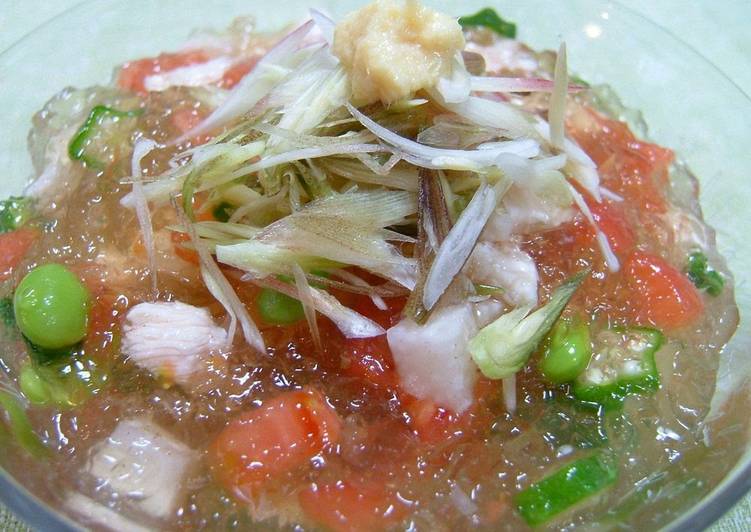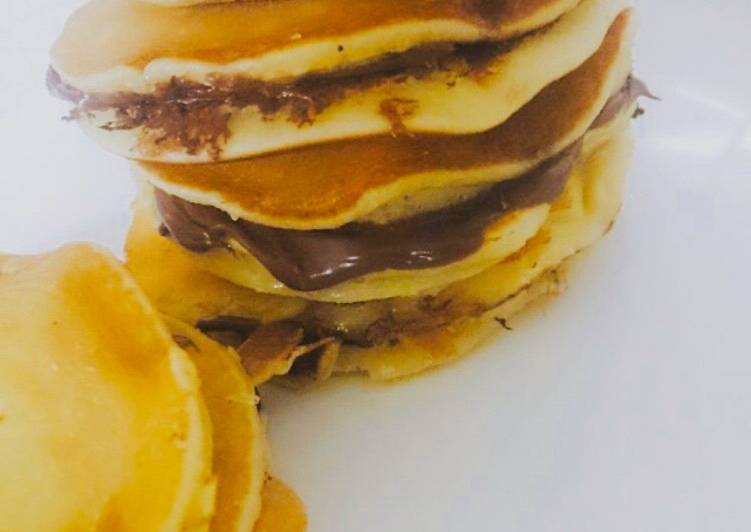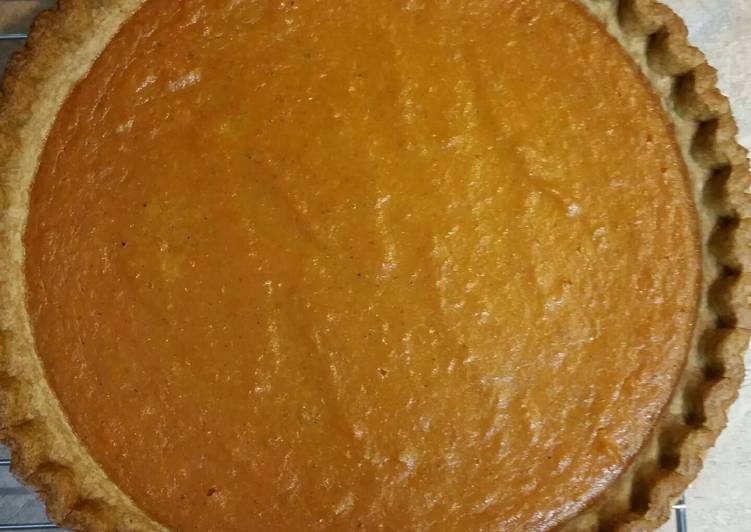
Hello everybody, it’s Drew, welcome to my recipe page. Today, we’re going to prepare a special dish, dashi gelée soup. One of my favorites food recipes. This time, I will make it a little bit unique. This will be really delicious.
Dashi Gelée Soup is one of the most popular of current trending meals on earth. It’s appreciated by millions daily. It is simple, it is quick, it tastes delicious. Dashi Gelée Soup is something which I have loved my whole life. They are fine and they look wonderful.
Great recipe for Dashi Gelée Soup. I arranged my favorite type of gelée soup by loading on toppings and using my current obsession of dashi. Adjust the amount of salt to preference.
To get started with this recipe, we must prepare a few ingredients. You can cook dashi gelée soup using 18 ingredients and 12 steps. Here is how you can achieve it.
The ingredients needed to make Dashi Gelée Soup:
- Get 5 grams ●Gelatin (powdered)
- Get 3 tbsp ●Water
- Get 4 grams △Dashi stock granules
- Get 1/2 tsp △Weipa (or chicken stock granules)
- Take 400 ml △Water
- Make ready 1/2 to 1 teaspoon △Salt
- Get 1/2 tsp △Soy sauce
- Get 1 Chicken tenders
- Take 1 dash ■Salt
- Get 1/2 tsp ■Sake
- Take 1 tsp ■Katakuriko
- Make ready 1 Tomato (medium)
- Get 2 Okra
- Get 1 cm Nagaimo yam
- Get 20 edamame beans or 1/2 cucumber Boiled edamame or cucumber
- Make ready 1 Myoga ginger
- Take 1 Grated ginger
- Take 1 Minced umeboshi
This recipe appears in our cookbook Martha Stewart's Cooking School. Many cuisines have their own go-to stock types. Chicken stock has a regular place on American recipe ingredient lists, for example. Japanese cuisine has dashi, its own stock that serves as the foundation of many dishes such as miso soup, dipping sauce, and nimono (simmered dishes).
Instructions to make Dashi Gelée Soup:
- Put the ● water into a container. Sprinkle in the gelatin and leave it to soak.
- Put the △ ingredients into a pot and turn on the heat. When it comes to a boil, remove from the heat and stir in the gelatin from Step 1 until it has dissolved.
- Once Step 2 has cooled, transfer to a bowl or leave it as-is and chill in the refrigerator.
- Slice the chicken tenders diagonally into 1 cm pieces. Place in a bowl and toss with the ■ ingredients.
- Bring water to a boil in a pot and add in the chicken from Step 4. Once the chicken has through (about 30 seconds), drain the water using a colander.
- Peel the tomatoes and dice into 1 cm cubes. Parboil the okra and thinly slice. Peel the nagaimo yam and cut into 1 cm cubes.
- Shell the edamame. If using cucumber, cut into 1 cm cubes.
- Julienne the myoga ginger and soak in water. Drain the water well.
- Once the soup from Step 3 has hardened to your preferred consistency, use a fork to mix it up roughly.
- Stir the chicken, tomato, okra, nagaimo yam, and edamame or cucumber into Step 9. Arrange on a dish and chill well in the refrigerator.
- Portion into dishes before eating. Top with myoga ginger and optionally, ginger or umeboshi. It's done! Stir it well while eating and enjoy!
- If using the broth left over from boiling chicken, substitute for the Weipa and water.
https://cookpad.com/us/recipes/143249-moist-boiled-chicken
There are different kinds of dashi stock, each with its own specific culinary use, but they are united in their. Dashi is the sort of super-powered broth that every cook should know how to make. One of the building blocks of Japanese cuisine, the most popular dashi is made from just two ingredients (kombu. Adjust the amount of salt to preference. If you are using umeboshi, I think it's best to use less seasoning to balance out the flavours.
So that is going to wrap this up for this special food dashi gelée soup recipe. Thanks so much for your time. I’m confident you will make this at home. There’s gonna be more interesting food in home recipes coming up. Don’t forget to save this page on your browser, and share it to your family, friends and colleague. Thank you for reading. Go on get cooking!


